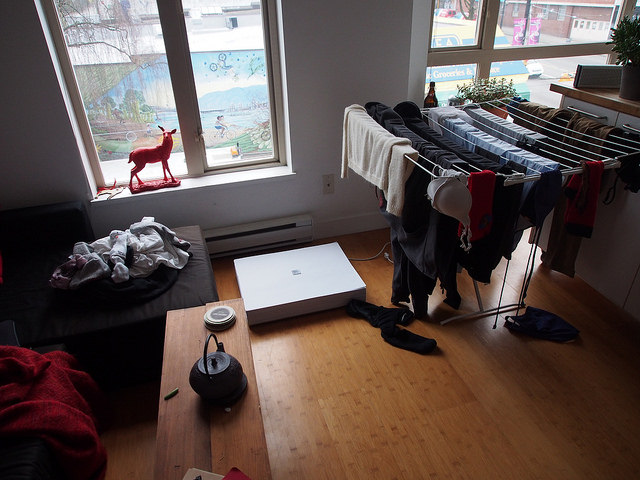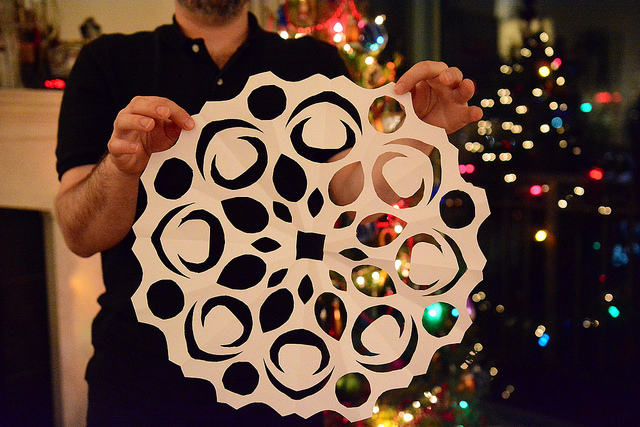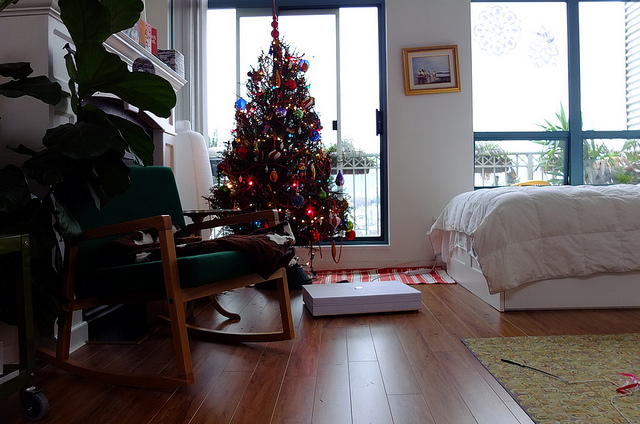The table-non-table is a slowly moving stack of paper supported by a motorized aluminum chassis. The paper is common stock; each sheet measures 44.5 cm by 57 cm with a square die cut in the middle to allow it to stack around a solid aluminum square post that holds the sheets in place. There are close to 1000 stacked sheets of paper per table-non-table, which rest on the chassis about one half-inch from the floor. The chassis and motors are strong enough to support stacking heavy objects on it and even a person sitting or standing on it. The paper sheets can easily be removed, drawn on, folded, cut, or manipulated like any paper. Of course, new sheets of paper can also be added. The table-non-table is powered through an electrical cord plugged into a wall socket. The main functionality, so to speak, is movement. The movement of the table is in short durations (5-12 seconds) that occur once during a longer period of time (a random selection between 20 to 110 minutes). To date, the table-non-table has lived with many households for three weeks to five months.
The table-non-table, informed by the notion of everyday design, manifests an approach that sees interactive artifacts as resources for creative use and reuse. In essence, this research argues that everyone is a designer. The implications of this shift include the design of technological artifacts as resources or what we refer to as things of practice, the simplification or minimization of interaction to fit the competences, materials and motivations and meanings of the respective practices such as home life; and the notion that interaction design outcomes are assessed for their interpretive potential as much as their promised utility.
This project was funded by NSERC and SSHRC



